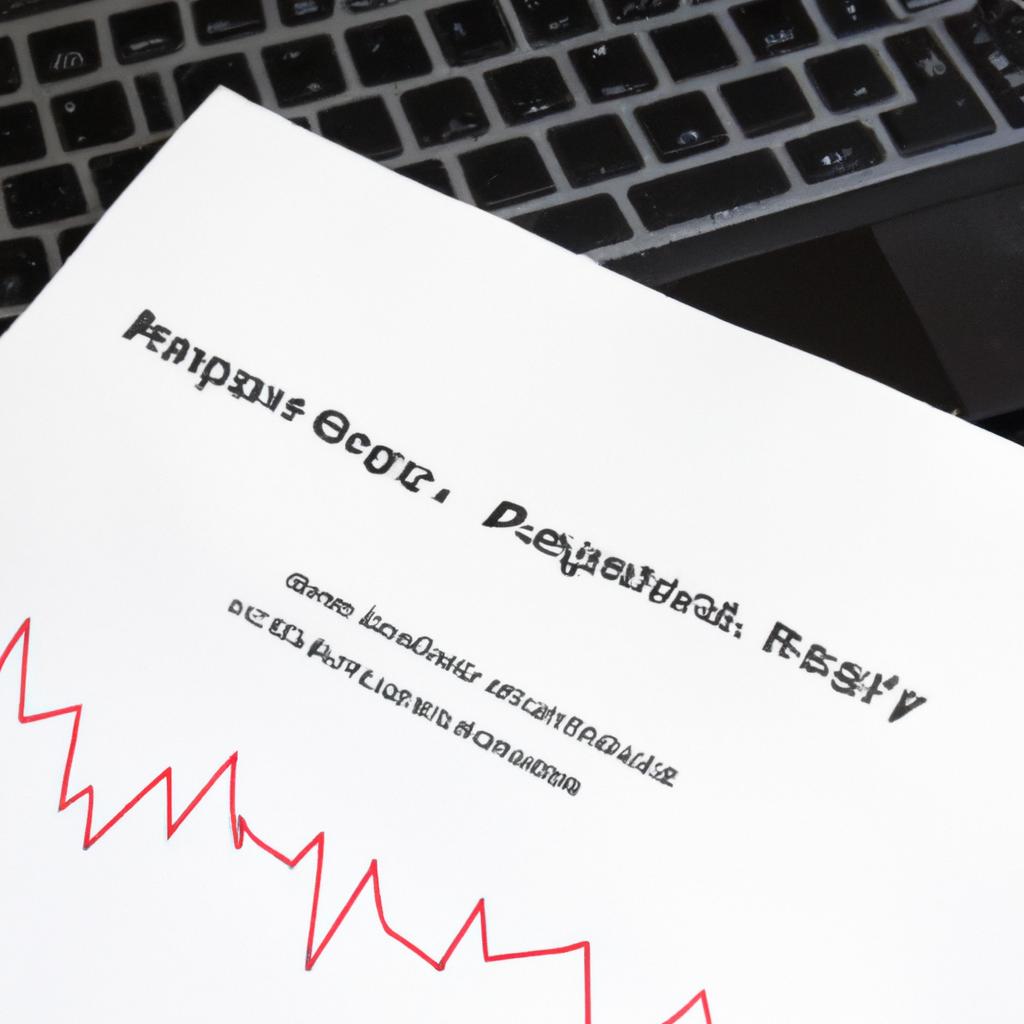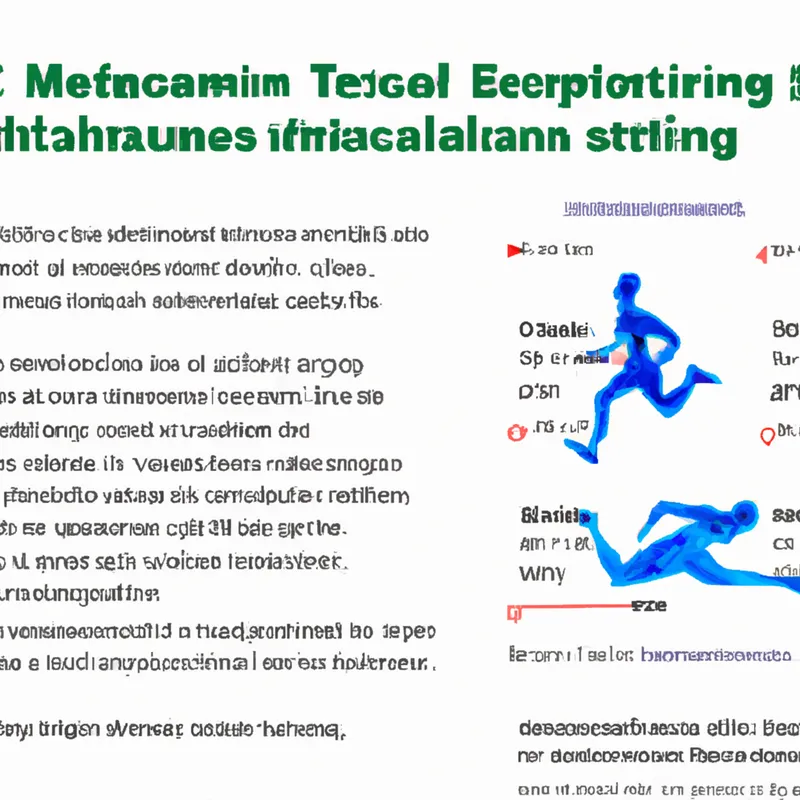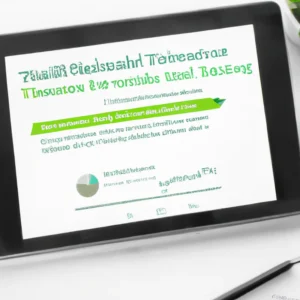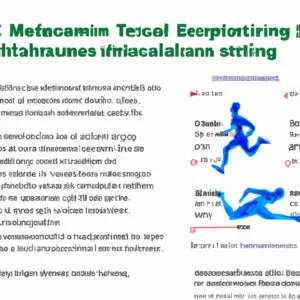**”The Effect of Real-Time Heart Rate Monitoring on Personalized Training Adaptations: How Immediate Feedback Can Optimize Workout Intensity and Recovery”**
The Effect of Real-Time Heart Rate Monitoring on Personalized Training Adaptations: How Immediate Feedback Can Optimize Workout Intensity and Recovery
In recent years, the fitness landscape has been revolutionized by technological advancements, particularly in wearable devices that monitor heart rate in real time. The ability to track heart rate during workouts has profound implications for how individuals approach their training. This blog post delves into the effect of real-time heart rate monitoring on personalized training adaptations, exploring how immediate feedback can optimize workout intensity and recovery.
The Importance of Heart Rate Monitoring
Understanding Heart Rate Zones
Heart rate zones are critical for tailoring workouts to achieve specific fitness goals. Generally, there are five heart rate zones based on the percentage of your maximum heart rate (HRmax):
1. **Zone 1 (Very Light)**: 50-60% of HRmax
2. **Zone 2 (Light)**: 60-70% of HRmax
3. **Zone 3 (Moderate)**: 70-80% of HRmax
4. **Zone 4 (Hard)**: 80-90% of HRmax
5. **Zone 5 (Maximum)**: 90-100% of HRmax
Knowing which zone you are in during a workout is essential because it allows you to adjust your effort accordingly. Therefore, real-time heart rate monitoring enables individuals to stay within their target zones, ensuring that they are not overtraining or undertraining.
Immediate Feedback for Optimal Performance
Real-time feedback on heart rate is not just beneficial; it is transformative. When individuals can see their heart rate during a workout, they can adjust their intensity on the fly. For example, if someone finds their heart rate creeping into Zone 4 when they intended to stay in Zone 3, they can reduce their effort to maintain the desired intensity. Consequently, this immediate feedback leads to more effective workouts and better overall performance.
Personalized Training Adaptations
Tailoring Intensity to Individual Needs
Every person has different fitness levels, goals, and physical responses to exercise. Real-time heart rate monitoring facilitates personalized training by allowing individuals to tailor their workouts according to their unique physiological responses. For instance, a beginner may find that their heart rate spikes quickly, indicating they need to focus on building endurance before increasing intensity. Conversely, a seasoned athlete may use heart rate data to push their limits and enhance performance in specific areas.
Recovery and Heart Rate Variability
Moreover, heart rate monitoring isn’t just about training; it’s also crucial for recovery. Understanding heart rate variability (HRV) can provide insights into recovery status. A higher HRV often indicates that the body is well-recovered and ready for more intense training. On the other hand, a lower HRV may signal that the body is still under stress from previous workouts. As such, individuals can adjust their training schedules based on their recovery status, ensuring optimal performance while minimizing the risk of injury.
Nutrition Tips for Enhanced Performance
Fueling Your Workouts
Nutrition plays a pivotal role in maximizing the benefits of real-time heart rate monitoring. To optimize workout intensity and recovery, consider the following nutritional strategies:
1. **Pre-Workout Meal**: Consume a balanced meal rich in complex carbohydrates and proteins about 1-3 hours before exercising. This will provide the necessary energy to perform at your best without experiencing a rapid drop in blood sugar levels.
2. **Hydration**: Staying hydrated is essential for maintaining optimal heart function. Dehydration can lead to increased heart rates, which may skew your training data. Therefore, drink plenty of water before, during, and after workouts.
3. **Post-Workout Nutrition**: After exercising, focus on replenishing glycogen stores and repairing muscles. A meal rich in protein and carbohydrates within 30 minutes post-workout can speed up recovery and improve subsequent performance.
Health Benefits of Real-Time Heart Rate Monitoring
Enhanced Cardiovascular Health
Real-time heart rate monitoring contributes significantly to cardiovascular health. By keeping workouts within optimal heart rate zones, individuals can improve their cardiovascular endurance, thus reducing the risk of heart disease. Furthermore, consistent monitoring enables users to recognize any abnormal heart rate patterns, prompting early intervention when necessary.
Motivation and Accountability
In addition, having access to immediate feedback can serve as a motivational tool. Seeing tangible results from your efforts can encourage you to stick to your fitness regimen. Moreover, setting specific heart rate targets can create a sense of accountability, making it less likely that individuals will skip workouts or slack off during training.
Conclusion
In summary, real-time heart rate monitoring offers numerous advantages, from personalized training adaptations to enhanced recovery and improved overall health. By providing immediate feedback, individuals can optimize workout intensity, tailor their training, and make informed decisions about nutrition and recovery. As technology continues to evolve, harnessing the power of real-time heart rate data will undoubtedly remain a cornerstone of effective fitness strategies. Therefore, if you haven’t already, consider investing in a heart rate monitoring device to elevate your training experience and achieve your fitness goals more efficiently.
FAQ
What are heart rate zones and why are they important for training?
Heart rate zones are categorized ranges based on the percentage of your maximum heart rate (HRmax) that help tailor workouts for specific fitness goals. There are five zones: Zone 1 (Very Light), Zone 2 (Light), Zone 3 (Moderate), Zone 4 (Hard), and Zone 5 (Maximum). Understanding and monitoring these zones during workouts is crucial as it enables individuals to adjust their effort to avoid overtraining or undertraining, thus optimizing their workout effectiveness.
How does real-time heart rate monitoring improve workout performance?
Real-time heart rate monitoring provides immediate feedback during workouts, allowing individuals to adjust their intensity on the spot. For example, if a person’s heart rate rises into a higher zone than intended, they can decrease their effort to maintain the desired intensity. This capability leads to more effective workouts and better overall performance, helping individuals to reach their fitness goals more efficiently.
What role does heart rate variability (HRV) play in recovery?
Heart rate variability (HRV) is an important indicator of recovery status. A higher HRV often signifies that the body is well-recovered and ready for more intense training, while a lower HRV may indicate that the body is still under stress from previous workouts. By monitoring HRV, individuals















Post Comment